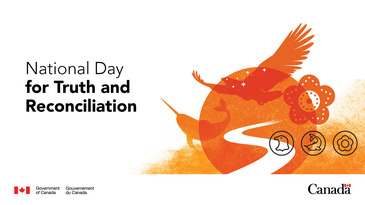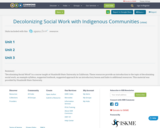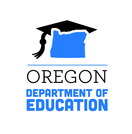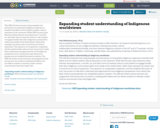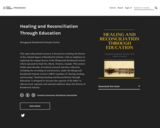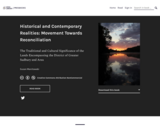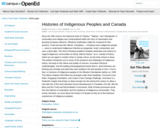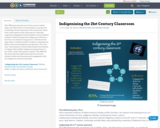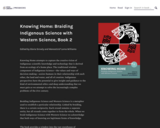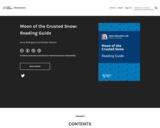Short Description:
This open educational resource is focused on teaching the history of the colonial legacy of Residential Schools, with an emphasis on exploring the unique history of the Shingwauk Residential School which operated in Sault Ste. Marie, Ontario, Canada. This project builds upon decades of archival research and data collection, including the recording of oral histories, under the Shingwauk Residential Schools Centre’s (SRSC) mandate of ‘sharing, healing, and learning.’ ‘Realizing Healing and Reconciliation through Education’ is designed to increase the capacity of the SRSC to educate local, regional, and national audience about the history of Residential Schools.
Long Description:
The Truth and Reconciliation Commission of Canada’s Final Report cited healing, reconciliation, and restoring the relationship between Indigenous and non-Indigenous Canadians as a critical priority for all Canadians. Moreover, the Commission exhorted Canada’s museums and galleries to work with Indigenous Peoples to better present their cultures and histories, including histories of assimilation, cultural loss and reclamation. The Shingwauk Residential Schools centre (SRSC) is taking up the charge to realize this vision through a multi phase education and outreach strategy, this ebook is part of that educational project.
This open educational resource is focused on teaching the history of the colonial legacy of Residential Schools, with an emphasis on exploring the unique history of the Shingwauk Residential School which operated in Sault Ste. Marie, Ontario, Canada. This project builds upon decades of archival research and data collection, including the recording of oral histories, under the SRSC’s mandate of ‘sharing, healing, and learning.’ ‘Realizing Healing and Reconciliation through Education’ is designed to increase the capacity of the SRSC to educate local, regional, and national audience about the history of Residential Schools.
Word Count: 13410
(Note: This resource's metadata has been created automatically by reformatting and/or combining the information that the author initially provided as part of a bulk import process.)

